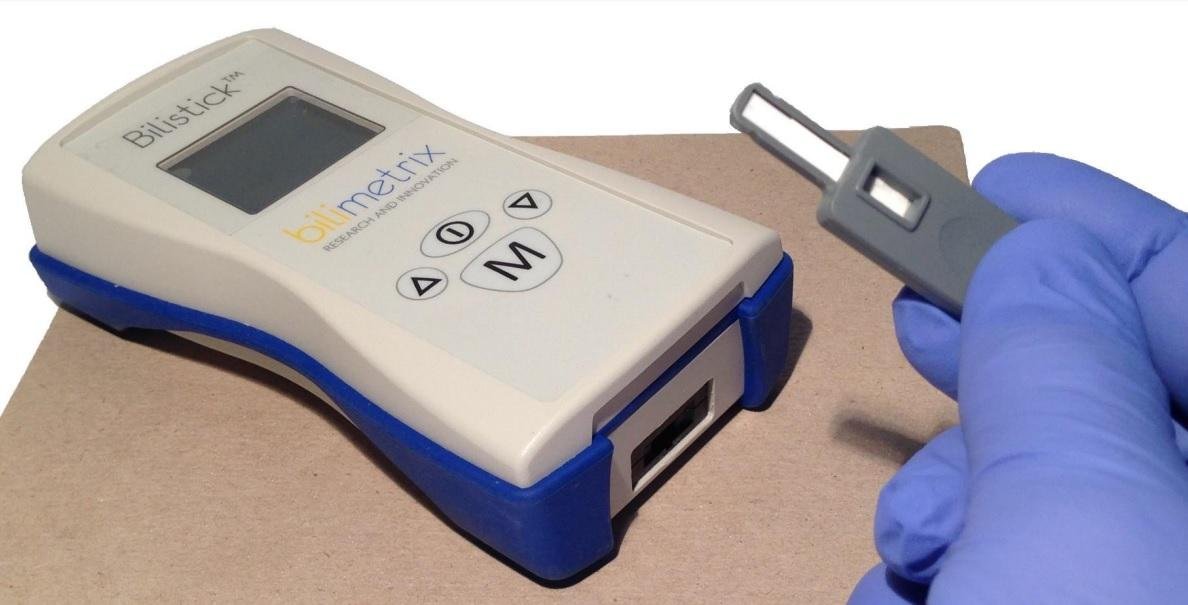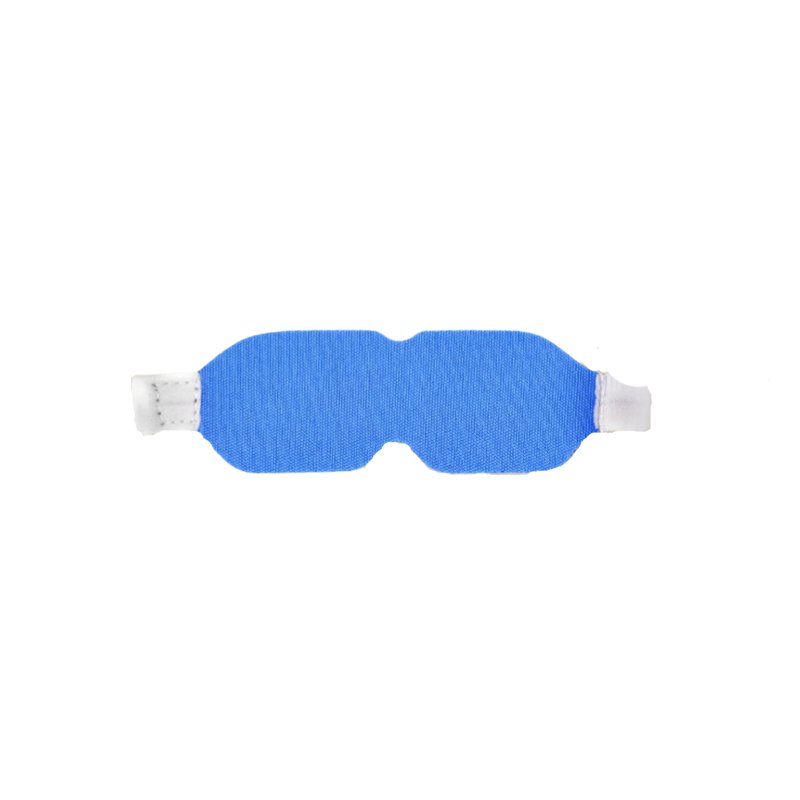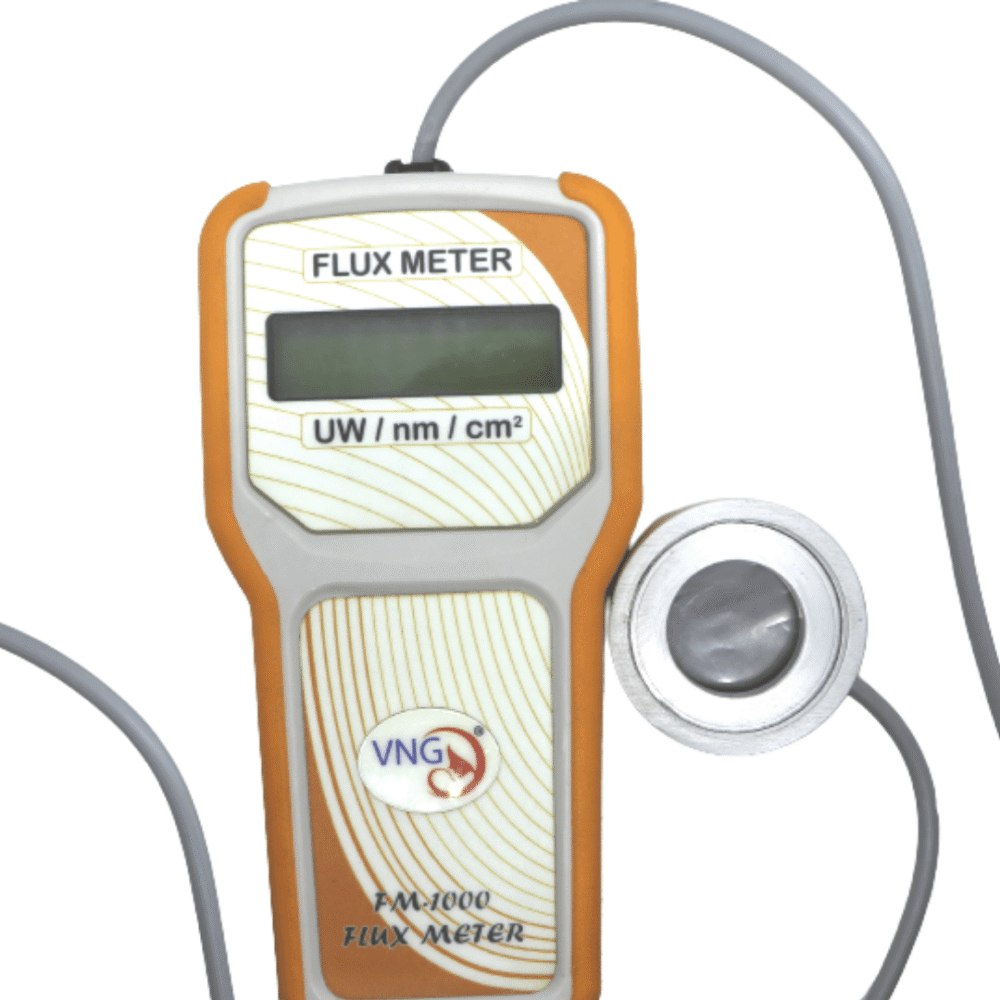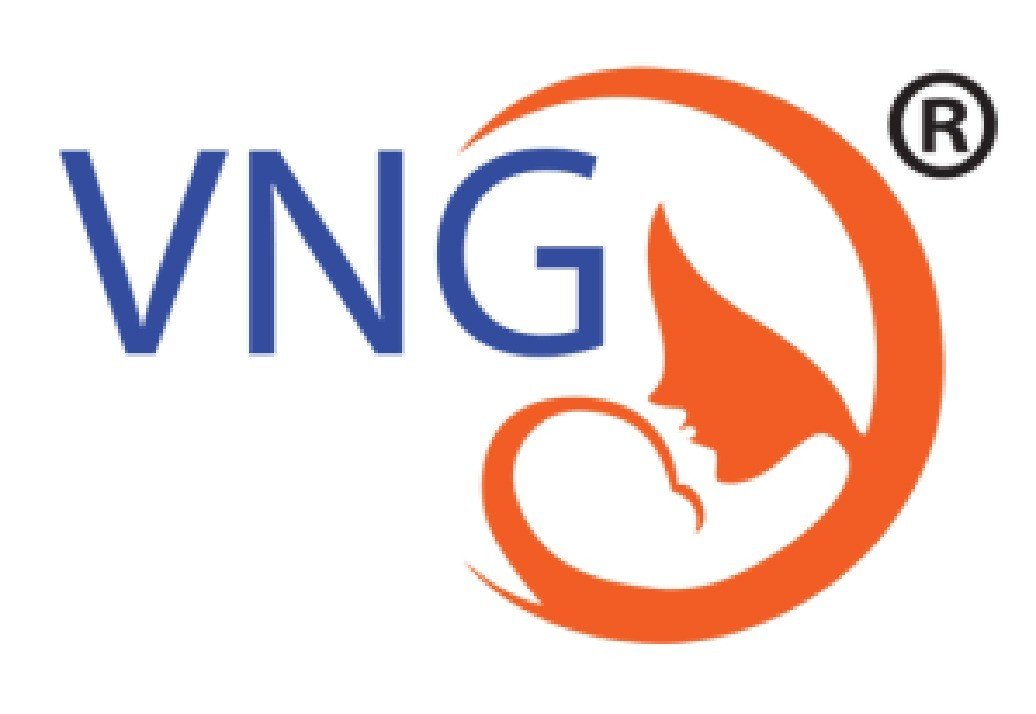The Bilistick® System is a point of care bilirubin assay, therefore able to provide an early diagnosis of hyperbilirubinemia. Because it uses the method, measuring total serum bilirubin concentration.
It is composed of the Bilistick® Reader, a portable rechargeable battery reflectance reader, Bilistick® Test Strips with a cell-plasma separator cassette, lastly Bilistick® Sample Transfer Pipettes, used for loading the appropriate volume of blood in the test strip.
The test requires the collection of a small blood sample directly from a heel stick or a test tube, by using a Sample Transfer Pipette, and its application on a Test Strip once it was already inserted in the reader.
The Bilistick® System has been extensively validating both in Western Countries as well as in Low and Middle-Income Countries. Moreover covering different environments and conditions in which it can be used around the world. By comparing Bilistick® bilirubin results with classic methodologies routinely used in high-quality laboratories of hospitals, in conclusion, it has been demonstrated an excellent correlation of bilirubin results. Therefore several studies support the use of the Bilistick® System for routine Total Serum Bilirubin screening. It may facilitate early identification of newborns requiring phototherapy treatment thus contributing to a substantial reduction of the prevalence of ABE/kernicterus in LMICs.
Sample Features:
- Type:-Newborn Infant Whole Blood
- Sample Size:-35μL
Hematocrit:-25-70%
Bilistick Reader:
- Units:-mg/dL and μmol/L
- Range:-1 mg/dL to 40 mg/dL & 17.1 μmol/L to 684.0 μmol/L
- Measure System:-Photometric based in two wavelength at 465 nm and 570nm
- Resolution:-± 0.1 mg/dL / 1.0 μmol/L
- Repeatability:-Over 25 mg/dL: Within ±0.6 mg/dL / 10 μmol/L
- Test Time:-m < 2 minutes (However, it depends on hematocrit)
- Sensors:-Optical Sensor
- Optical Filters:-Glass protection inside the optical chamber
- Calibration:-Standard for periodic calibration
- Blank self-calibration after Test Strip insertion
- Hemolysis:-Automatic System for Hemolysis Detection
- Results Report:-Color display, dimension 36.0 x 29.0 mm
- Interface:-Mini B-USB Port
- Operating Conditions:-Firstly temperature: 15° to 40° C
Secondly storage Conditions:-10° C to 40° C low humidity, most importantly non-corrosive gas atmosphere.
Thirdly long-term Storage:-
- In the case of long-term storage, store the reader at 15-25° C, with low humidity, and a non-corrosive atmosphere.
- When storing the reader for a period longer than six months, charge the battery at least once at a moment.
Lastly, Power supply:-Mini B USB-DC 5V-0.5A-2.5W
Charging Conditions:-
Average Charging time: 4 hours (while no bilirubin test are been performed)
Charging Temperature:-In between, 15-40° C (However, recommended 15-25° C)
Dimensions:-31.3 mm H x 72.9 mm W x 140 mm D
Net Weight:-220 gr.
Shipping Weight:-760 gr
Power supply:-USB-DC 5V-1.5A-7.5W
In addition, it has UL Certificated Accessory
USB Cable:-Type A-Mini B (5Pin) M/M USB 2.0
Bilistick® System Test Strips:
Cell-Plasma Separator:-Glass fiber
Reading Membrane:-Nitrocellulose
Plastic Cassette:-High Impact Polystyrene (HIPS)
Dimensions:-3.70 mm H x 15.00 mm W x 48.65 m D
Net Weight:-1.86 gr.
Bilistick® System Sample Transfer Pipettes:
Composition:-Plastic and Glass
Total Length:-70.00 ± 0.20 mm\
Glass Tube Diameter:-1.60 ± 00.02 mm
Drawing Capacity:-35.00 ± 2.00 μL
As a result, all the features of this product make it very useful.








